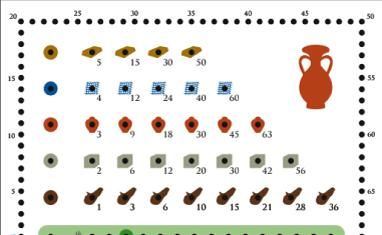

The player gets 3 total rolls, keeping the ones they want and rolling the rest. On their turn, a player rolls 3-7 dice: one die per city they have, 3 cities at the start, and the potential to build 4 additional cities. I’d like to share those in hopes that some of you may feel encouraged to make your own games for classes (and, by all means, if you are teaching about the Bronze Age, purchase RTTA:Bronze and use it it’s great! ) As part of that, I decided to break down the structure of RTTA:BA so that I could look for other historical topics in my class where a teacher-designed game with affinities to RTTA:BA could be used in class. But I’m charmed by how effective RTTA:BA appears from my initial small class experiments so I have entertained making my own, since I dabble some in boardgame design every so often. I’ll elaborate a little more in a moment, but I found myself wishing that there were many more of these on historical topics. They seem (at least RTTA:BA) to be relatively easy to learn compared to other games. They seem (at least RTTA:BA) to set up and break down easily, which is a significant perk for teachers with multiple classes. Since I started actually using it in class this year I have been struck by the advantages of a roll and write game for history class. In this particular #HistoricalProblemSpace ( mccall), the player agent is the experimenting-deity-style leader of a generic bronze age civilization competing against four other players. At the end they tally a score and see how they did compared to the four other players. So Roll through the Ages: The Bronze Age is a roll-and-write game: players roll dice and make decisions based on those dice that they record on special record sheet. That structure is easily abstractable to then allow for creating other good games on any number of subjects for history class Just wanted to pitch both that it is a terrific game to use in an ancient history class, but it models a type of game structure that works very well in history classes. RTTA Bronze Age provides an excellent model for a roll-and-write game structure that could be used to inspire games about all sorts of historical topics, even ones far removed from RTTA:BA’s setting with Bronze Age states. But do keep reading if you are interested in creating your own roll-and-write games for history classes that may have nothing to do with ancient history. Eagle and Gryphon Games would love to continue to help educational facilities bolster their game collections and game playing activities.So, I want to begin simply by promoting Eagle-Gryphon Games Roll through the Ages: The Bronze Age as a terrific game to use with secondary and higher learners in a lesson, unit, or course on ancient agrarian states. This product is a Knowledge in a Box game that would be great in a classroom or other educational setting.
#Roll through the ages series
Once all monuments or five developments are achieved by a player the game ends at the end of the round, points are counted, and a victor is declared! GRYPHON BOOKSHELF SERIES #2 At the same time commodities are gathered which allow your civilization to develop. Players use their workers to build infrastructure to support additional works or to build monuments that are worth points. Dice can be rerolled twice unless they come up as a hazard. Players roll dice to obtain commodities and workers to build up their civilizations. Roll Through the Ages in this addictive and strategic game. * * Winner of Best Family Game by GAMES Magazine Awards for 2010**īuild a thriving civilization-in under an hour!Ĭollect goods, assign workers to build cities and erect monuments, advance your civilization through cultural and scientific developments, but don't forget to harvest enough food to feed your growing population. **2010 Nominee for Spiel des Jahres (German for Game of the Year)!**


 0 kommentar(er)
0 kommentar(er)
